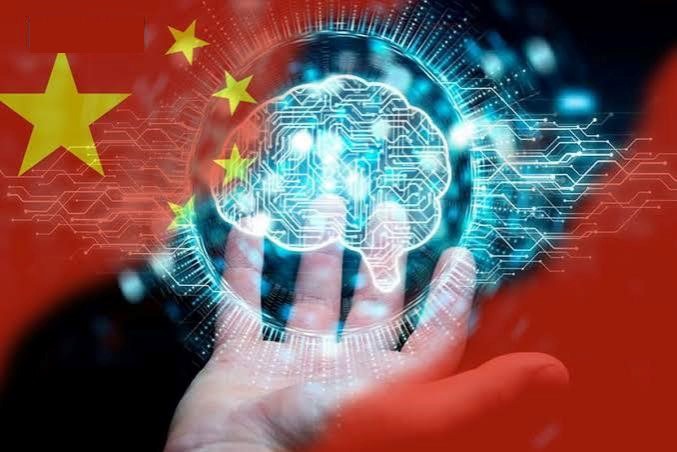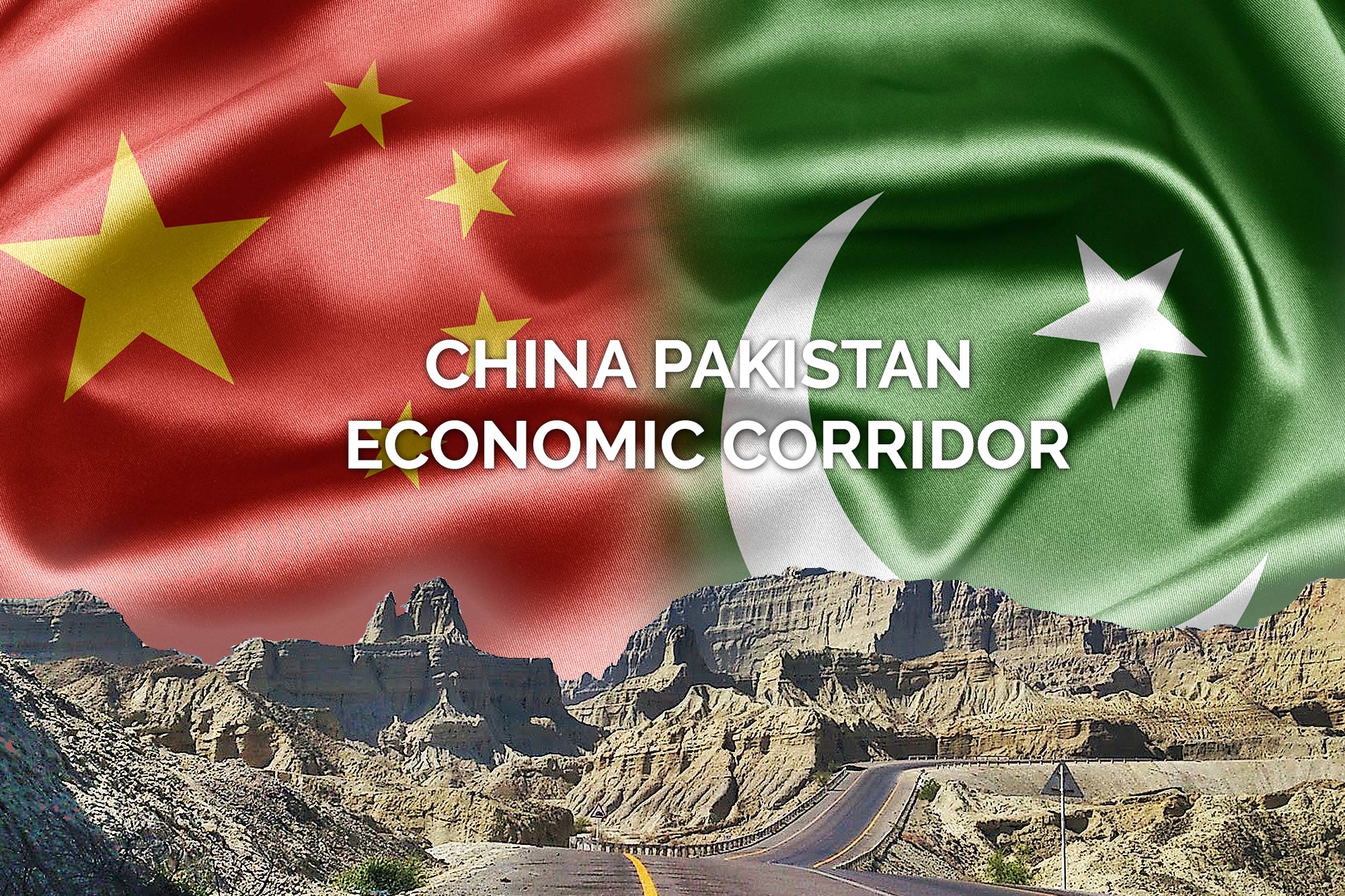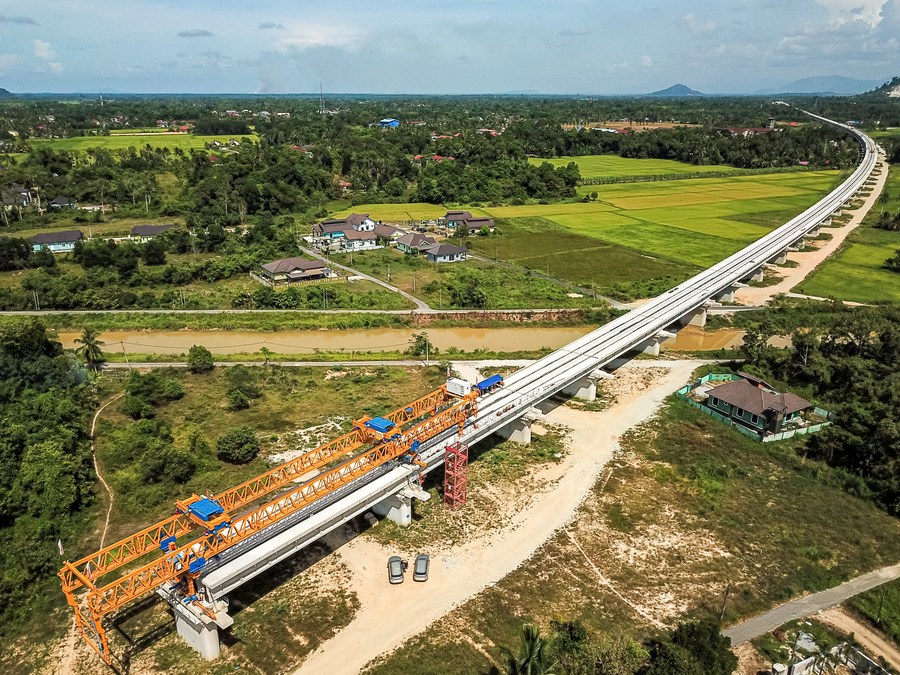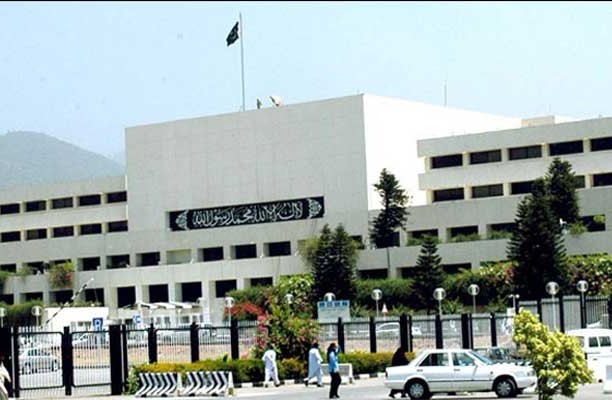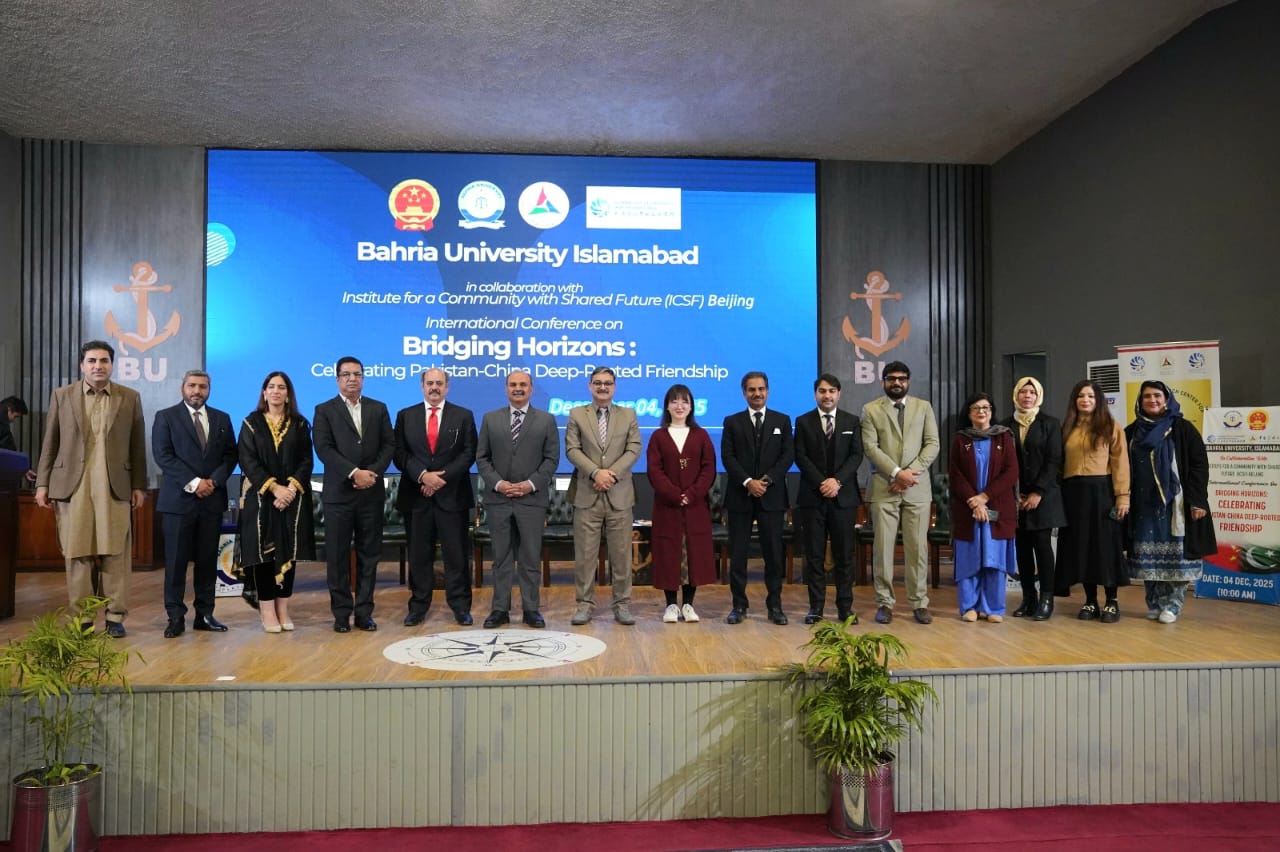When we talk about China’s Belt and Road Initiative (BRI), we immediately think of highways, ports, and railways running through Asia, Africa, and Latin America. But the less publicized, lesser-known component of that grand plan is determining the future even more deeply—the Digital Silk Road (DSR). While the ancient Silk Road connected empires through trade in silk and spices, the Digital Silk Road connects nations through fiber-optic cables, 5G networks, satellites, and data centers. And for the majority of developing countries in the Global South, it offers something more valuable than goods, i.e., access, connectivity, and a potential leap into the digital age.
Building the digital roads of the future
The Digital Silk Road began officially in 2015 as part of China’s Belt and Road Initiative. Its goal was to build digital infrastructure connecting China to partner countries and improve global information flow. It was a simple but inspiring vision. This includes laying underwater internet cables, constructing data centers, setting up 5G mobile networks, launching satellites for navigation and communication, and even providing digital skills training.
These projects have been game changers for many countries in Africa, Southeast Asia, and Latin America. It is because of the reason that whenever Western countries hesitate to invest in this region, China always steps in with resources, technology, and expertise. In Africa, for example, Huawei, a Chinese tech giant, has built most of the continent’s 4G network and is a leading player in its emerging 5G rollout. In Pakistan, the “China-Pakistan Information Corridor” will underpin the country’s digital economy through smart cities and e-commerce. Across Latin America, Chinese firms are providing cloud computing services and online payment systems that local governments can’t easily afford from Western companies.
China has also launched several projects under the banner of the Digital Silk Road. The Pakistan East Africa Connecting Europe (PEACE) Cable project, for example, links Asia, Africa, and Europe through a high-speed undersea fiber-optic network. The Smart City Cooperation Initiative has facilitated the development of digital urban ecosystems in cities like Nairobi and Kuala Lumpur, improving public transportation and governance through technology. In the meantime, the BeiDou Satellite Navigation System, which is currently available in over 150 countries, offers positioning and navigation services that rival GPS and is a clear example of China’s global technological leadership.
Chinese companies in Ethiopia have helped expand the nationwide broadband network and establish a digital industrial park in Addis Ababa. Thailand’s Eastern Economic Corridor Smart City, Laos’ e-commerce training programs, ASEAN’s first 5G Smart Hospital in Thailand and Huawei providing Smart Railway Solutions for China-Laos Railway, also show how China’s expertise is helping regional neighbors move toward digital economies.
The goal of these projects is development, not domination. Many countries have struggled for decades with slow internet, poor digital connectivity, and weak technology systems. The Digital Silk Road turns this around by providing pragmatic and affordable solutions. Unlike some Western-led projects, which usually come with political conditions or complex regulations, China’s model is result-driven; building first, then growing together.
By creating the infrastructure that supports the global digital economy, China is helping developing nations connect their people, industries, and ideas to the rest of the world.
A blend of opportunity and cooperation
Some Western critics claim that China’s growing role in global technology could lead to “dependence”. However, they ignore what most partner countries themselves are saying: they see the Digital Silk Road as a partnership based on respect and shared progress.
China’s approach is straightforward, as it offers technology, investment, and training but no interference. There are no political strings attached, and China never pressurizes states to follow any single model of governance. Rather, nations are encouraged to use the digital tools, knowledge, and expertise that China helps provide to find their own way.
In fact, the Digital Silk Road promotes mutual benefit. Chinese companies gain markets for their technology, while developing nations gain access to economical, reliable, and modern digital systems. It is a win-win situation that allows both sides to grow.
China strongly emphasizes capacity building by training local engineers, sharing technical know-how, and supporting education initiatives in partner countries. Thousands of professionals from Africa, Southeast Asia, and the Middle East have already received training in China’s universities and tech companies. In this way, knowledge stays local and sustainable long after the projects are completed.
Instead of creating dependence, China is helping countries become digitally self-reliant. Poor countries will be able to manage their data, grow their industries, and compete globally in the digital economy with the help of strong networks and new skills.
A digital bridge for the Global South
The best potential promise of the Digital Silk Road is to introduce greater balance and inclusivity into the global digital order. The internet and digital economy have long been dominated by a few Western technological giants. The Global South has always been a consumer, never a creator.
China’s Digital Silk Road changes that. It gives developing countries the freedom to select their own partners and growth models by providing them reasonably priced infrastructure and technology. African and Asian countries no longer need to wait for expensive Western options since they can build digital economies best suited to their own conditions and needs.
The Digital Silk Road also encourages South–South cooperation, where developing countries share technology, ideas, and innovations with each other. Through Chinese-built networks, nations can trade digitally, develop smart cities, and collaborate on research and education. It strengthens regional integration and reduces dependency on Western-controlled systems.
More importantly, the Digital Silk Road is bringing about tangible and noticeable progress. Farmers in Kenya are using Chinese satellite data to plan crops more effectively. Students in Pakistan and Laos are attending online classes owing to better internet connectivity. Small businesses in Latin America are joining e-commerce platforms powered by Chinese cloud services. These are not abstract ideas—they are life-changing developments for millions of people.
Of course, the world must be cautious to control their digital policies so that they are open and secure. But that is normal digital management across the board. The important thing is that China’s initiative gives them the tools and freedom to make those choices for themselves, rather than being dependent on Western corporations or donors.
The path ahead
China’s Digital Silk Road is more than a network of cables and servers; it is a vision for a more integrated and equal global community. It reflects a belief that technology should serve everyone, not just the richest nations.
By working with partners across the Global South, China is closing the digital divide that has long limited opportunity and growth. The DSR offers not only infrastructure but also hope—the hope that developing countries can enter the digital age on their own terms.
While some see competition, others see cooperation. China is not trying to impose a model on anyone; it is offering choices, partnerships, and a shared future in the digital era. The world needs that kind of openness and inclusivity more than ever.
As more nations join the Digital Silk Road, they are not just connecting to China; they are connecting to each other, building a community of shared destiny and mutual growth.
Today, the Digital Silk Road is doing the same thing that the ancient Silk Road once did, that is, connecting the East and West, but, through technology, spreading knowledge, opportunity, and friendship. And for the Global South, it is not merely a path to modernization but a road towards empowerment, equality, and progress for all.

Executive Director, Pakistan Research Center for a Community with Shared Future (PRCCSF).
